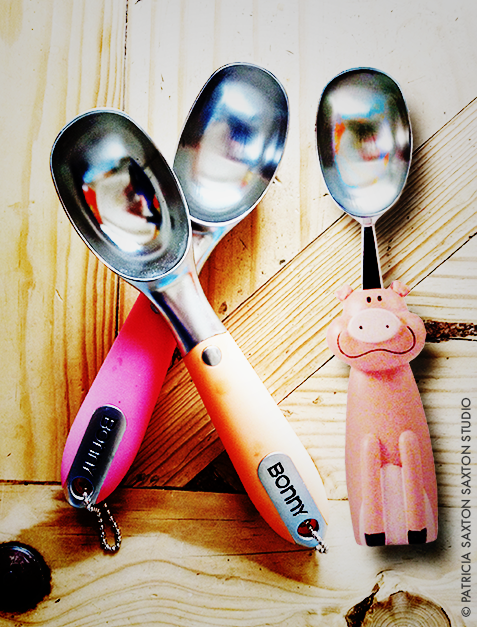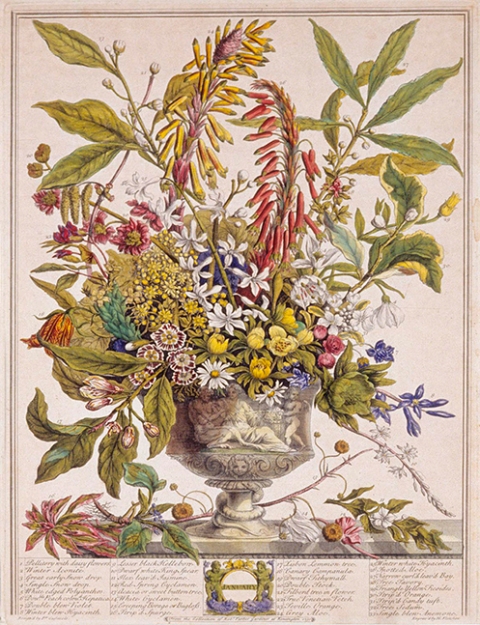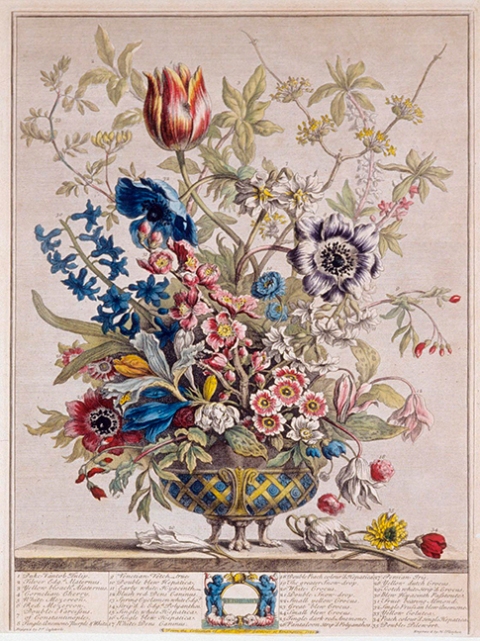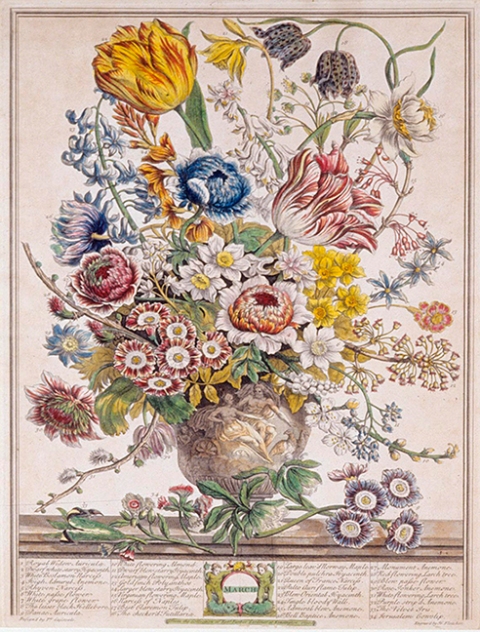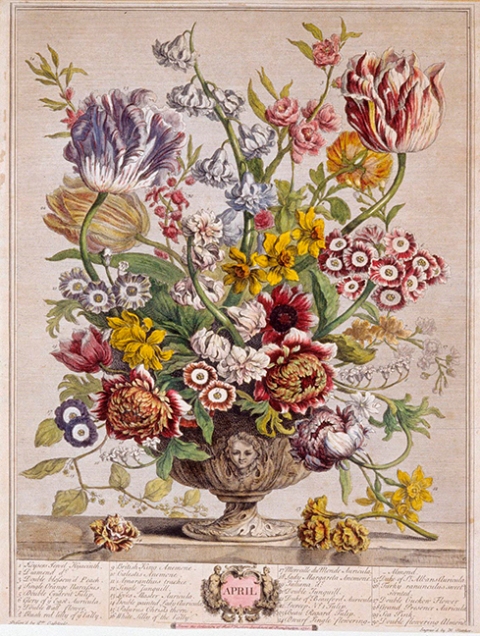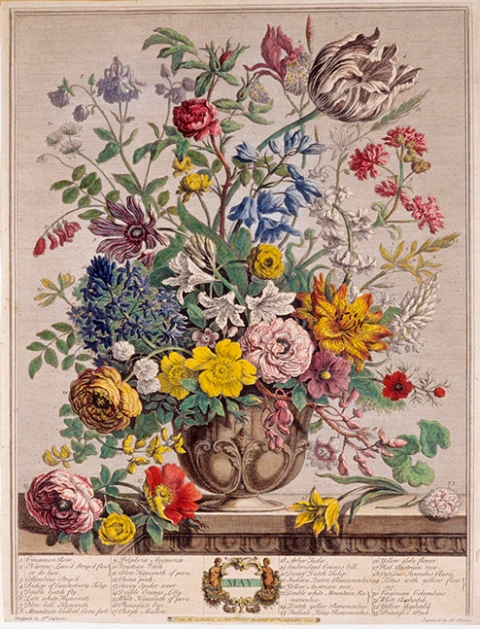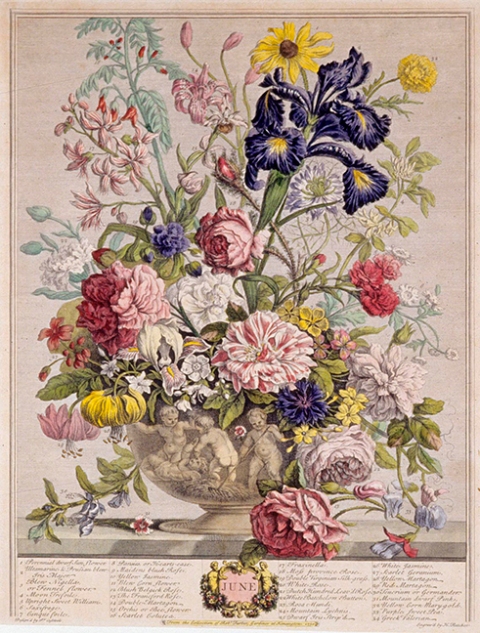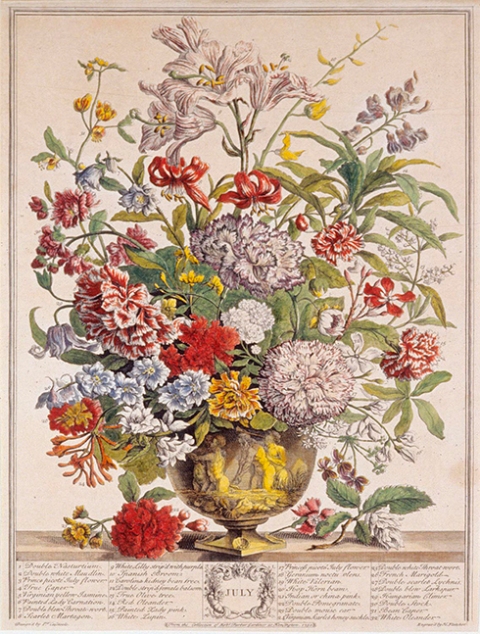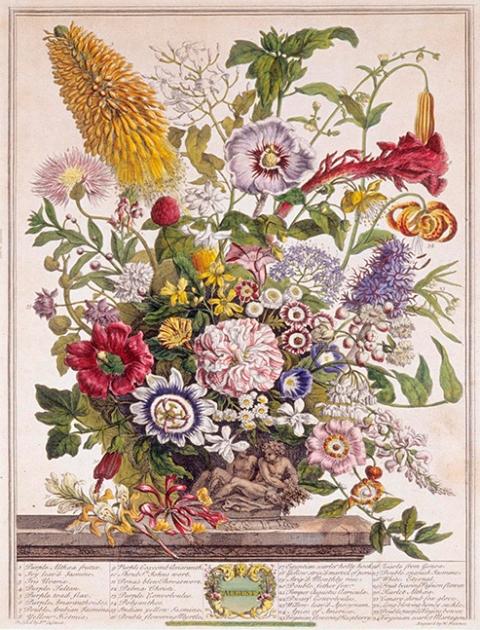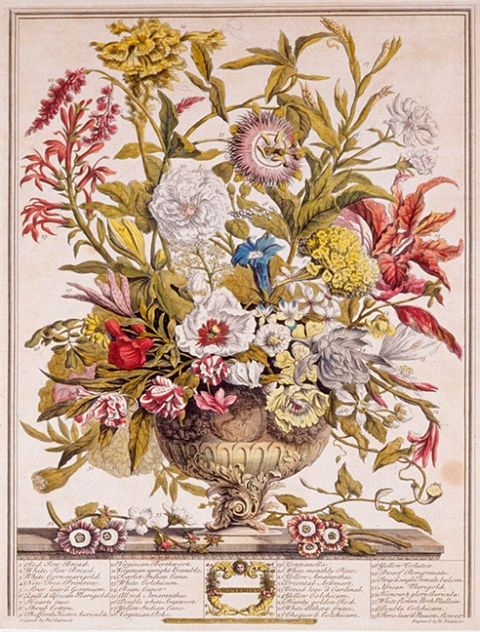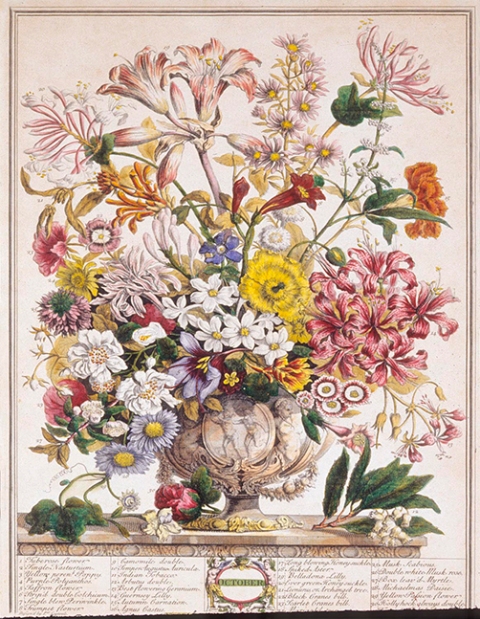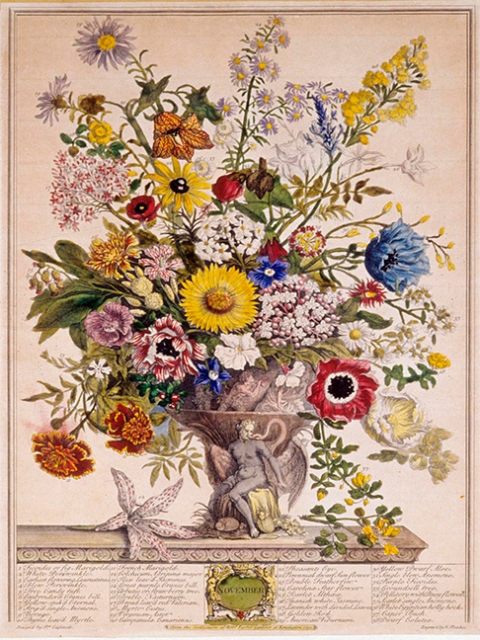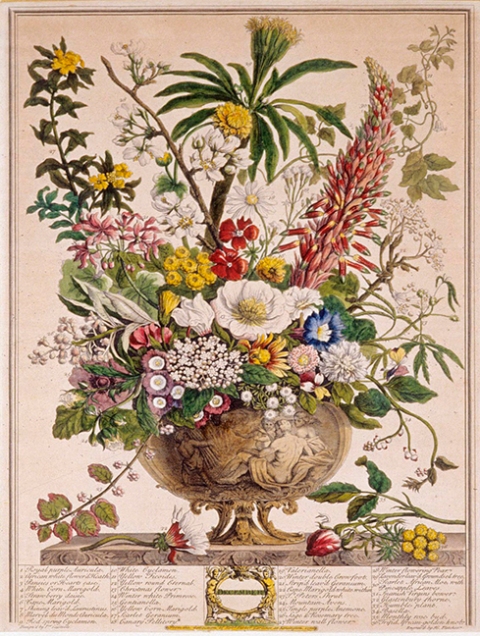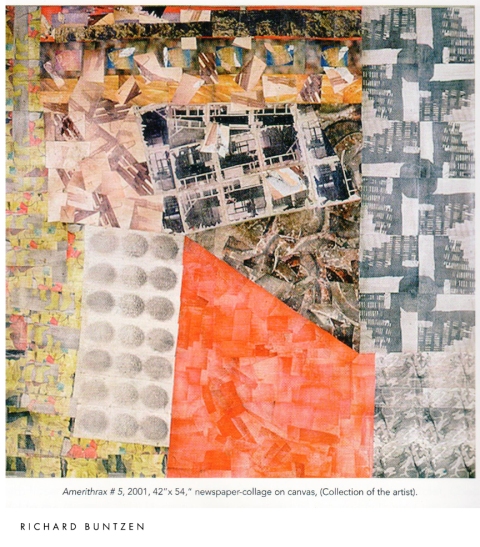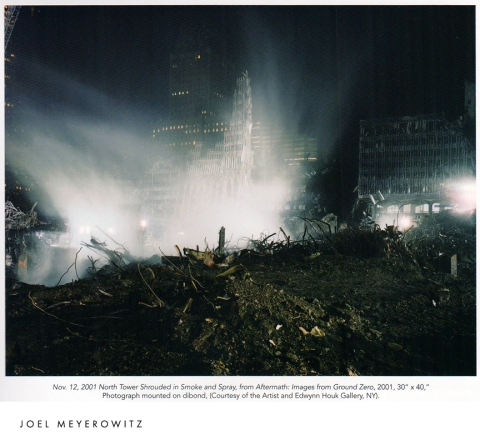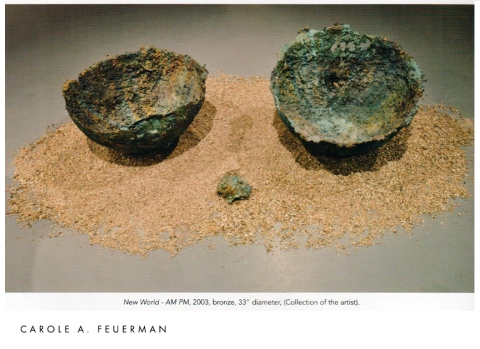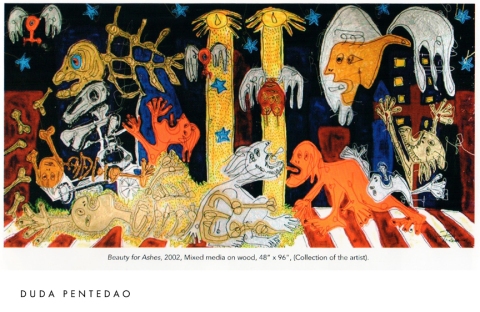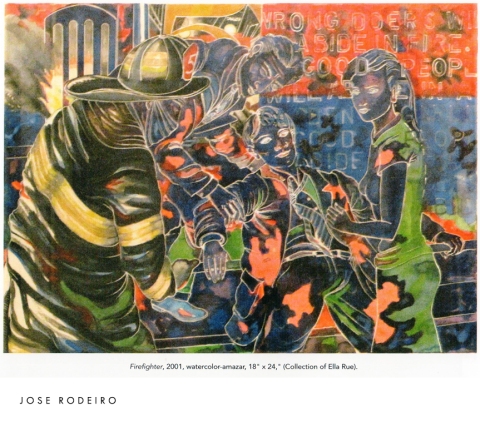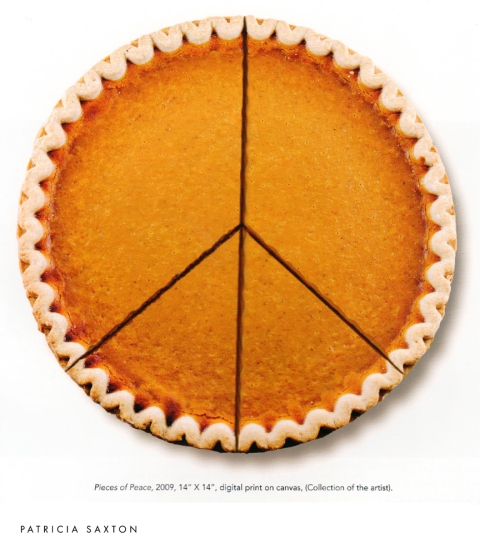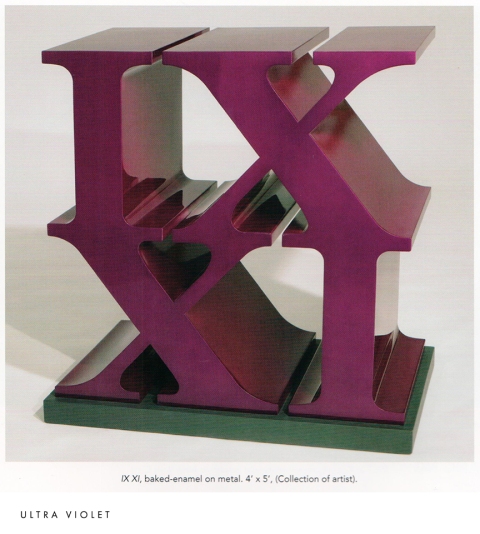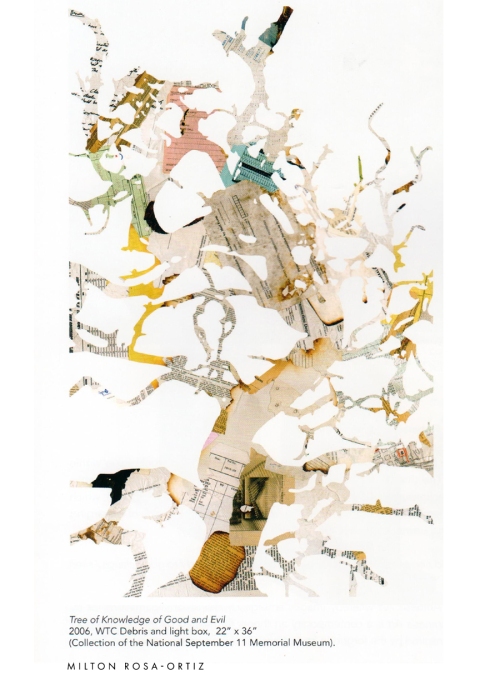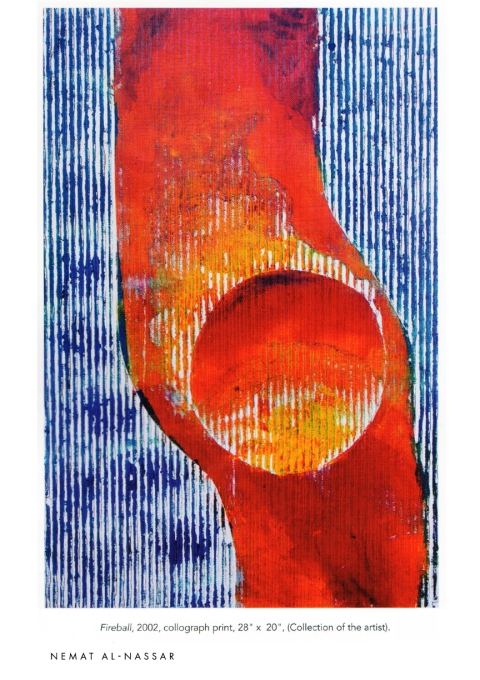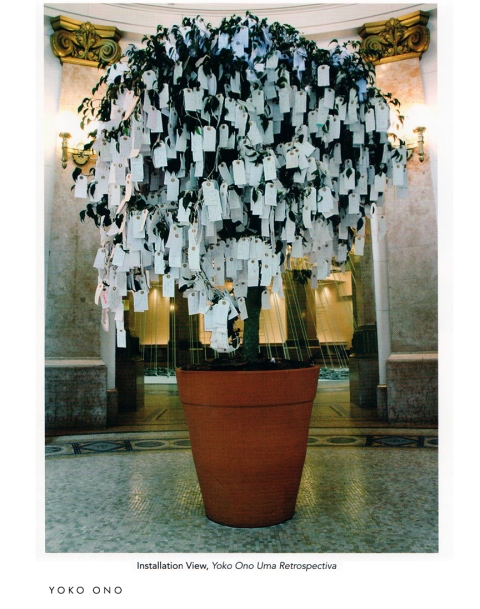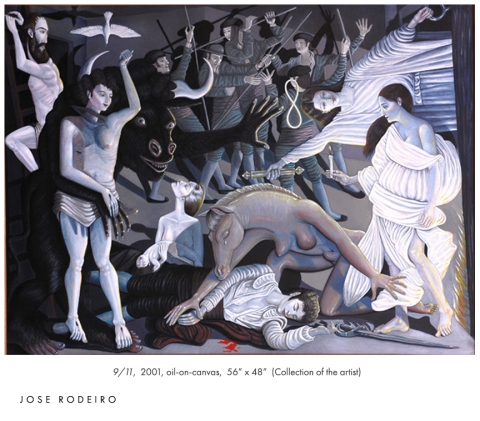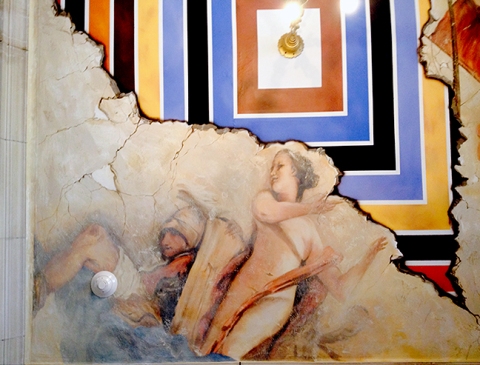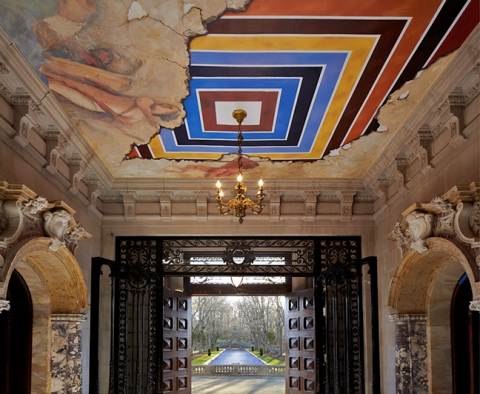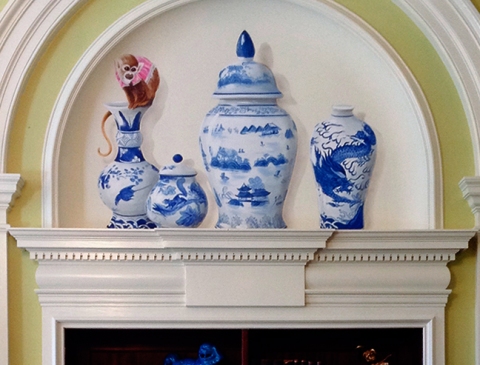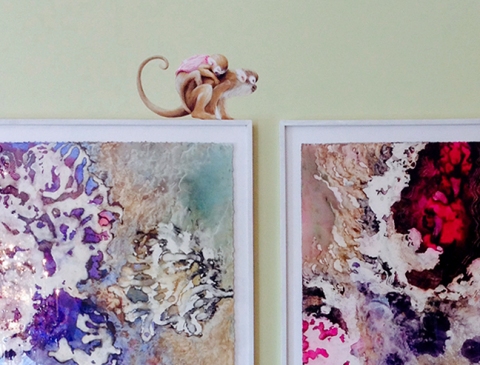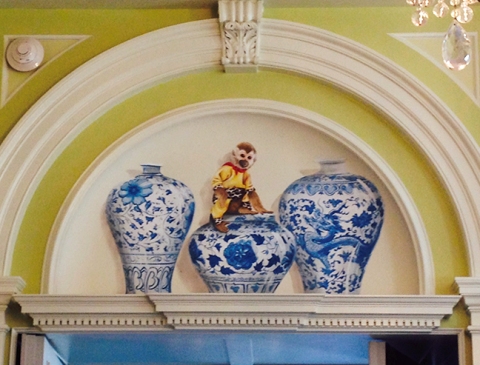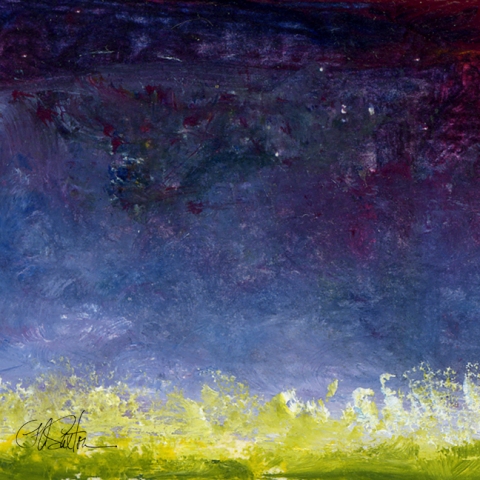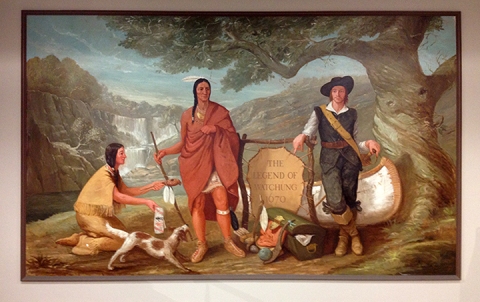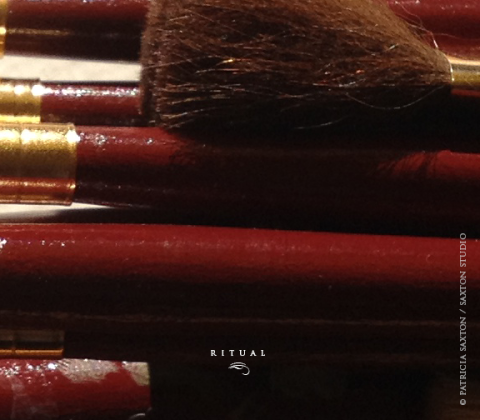April 30, 2014
In
appreciation, art, black and white, craftsmanship, creativity, drawing, intelligence, painting, philosophy, skill
By
Patricia Saxton
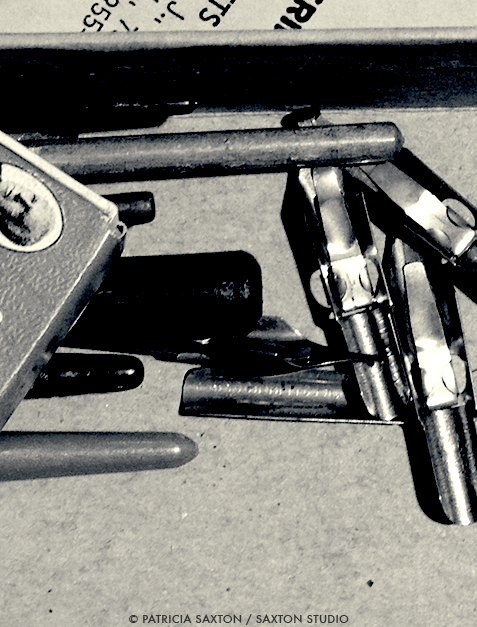
Some things are more worthy of indulgence than others. Long, hot baths come to mind. Good books. Time with friends, time alone, laughter, comfortable shoes.
And because I was just speaking of pens (previous post), my mind turns to the tools we use and how much the right ones matter. Even a simple, everyday pen can be a tool of ease or frustration, depending first on how well it’s made, then how well it’s taken care of, and finally, knowing when its time is up.
Not all pens are created equal; nor pencils, nor hammers, nor computers, nor cameras, nor carrot peelers. The list goes on.
Several years back I worked on a mural with a group of other artists. A handful of brushes were available, paints were provided and we’d all been part of the design, so it was just a matter of painting. Fun, right? Sort of, but not really. Why not?
The thing is, we worked in acrylics, which was, at the time, a medium I was less familiar with than some of the others artists were, and I’d been feeling irritated by the way the paint went on. Then one day, towards the end of the project, someone handed me a different paintbrush. In that moment, within seconds of the first brush stroke, night became day. Winter became spring. Skies turned blue. Birds sang, trees blossomed! I was stunned. The paint suddenly flowed. All that time … struggling, thinking it was me, when really … what a difference a brush can make!
And back to pens for a minute ~ in the early days, when not using my trusty #2 pencils, I’d draw with an old-fashioned calligraphy pen – the kind with metal nibs; the kind that people of centuries-gone-by used for letter writing, under the light of a candle or a kerosene lamp, dipping the pen in and out and in and out and in and out of a bottle of India Ink. Precision was difficult, mistakes and ink blobs were relatively easy to perform, but if you took good care of your tools and practiced your craft, beautiful results could happen. I got pretty good at it.
Then, (thank the Pen Gods), someone invented a pen called a rapidograph. At first I was pessimistic. It wasn’t “the real thing”. But two minutes in, I was hooked. It was real, and wow ~ manna from heaven! ~ it made the whole drawing experience so much better. Changing and cleaning nibs – easier. Mess – hardly. Potential for precision – worlds apart.
Of course there will always be poor imitations, in which case any newness is hardly worth it. Just because it’s “new” doesn’t mean its “good”. Since the dawn of time tools have been made to make life 1.) easier and 2.) more efficient. If those two criteria aren’t met, (in my best New Jersey accent) “fuggedaboudit.”
Holds true of everything. Take ice cream scoopers, which also happen to be a favorite tool of mine. They have to be sturdy, with the scooper-outer part just the right depth, the handle firmly attached and nicely grippable. Definitely not made of cheap plastic stuff. The last thing you want is a sprained wrist when indulging in a much-deserved treat. Ice cream is intended as a happy experience.
I’m sure most of you have a “bad tool” story, and probably know as well as I that when it comes to tools, quality counts. So indulge, I say! – not because they’re a treat, but because the difference can be like night and day. The right tools can replace cursing with whistling. And time spent, that most precious commodity, becomes more productive and pleasant if not downright fun.
So here’s to the value of tools; no matter what you do, wherever you go, may the right tools be yours. : )
